
What You Must Know About UTIs in Dogs
As a pet owner, it is important to be aware of the signs and symptoms of Urinary Tract Infections (UTI’s) in our pets. There can be serious health complications for our pets if UIT’s are left untreated. In this blog we will explore the causes of UTI’s, their symptoms, diagnosis, commonly affected breeds, treatments, complications and how they are managed.
Causes of UTIs in Dogs
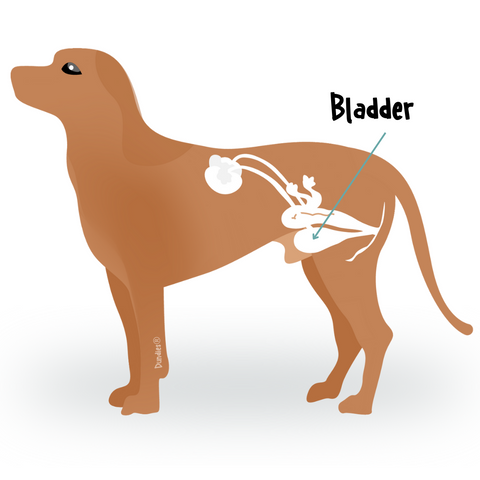
Bacteria
The most common cause of a UTI in a dog is bacteria. Bacteria can enter your pet’s urinary tract through the urethra, located in the vulvar or penis, and lead to infection.Urinary Tract Abnormalities
Dogs with urinary tract abnormalities, such as bladder stones, tumours, or congenital abnormalities, are more prone to developing UTIs.Poor Health
A weakened immune system in our pets can leave them more susceptible to developing a UTI.Female Dogs
Female dogs are more likely to develop a UTI. This is also the same for people. It is due to the shorter length of the urethra, which makes it easier for bacteria to enter into the bladder.Signs and Symptoms of UTIs
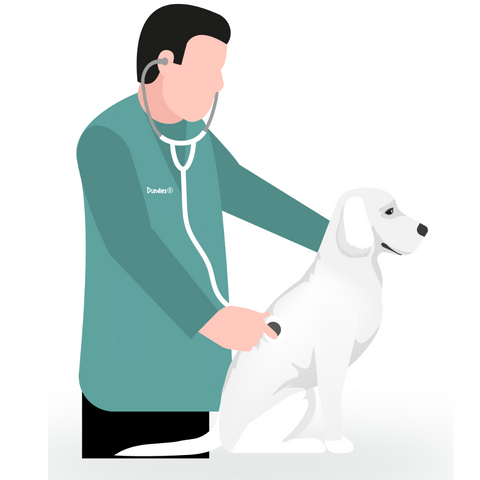
Frequent Urination
Noticing your pet wee more frequently that they usually do is a common symptom of a UTI. When your dog has an infection in their bladder it causes irritation and makes them feel like they need to urinate more often than usual. The bacteria can also cause inflammation and swelling, making it harder for the bladder to hold onto urine for an extended time period.You may notice that your dog needs to go outside more frequently than usual or they might be having accidents in the house. It is important to note that frequent urination can also be a sign of other medical conditions, such as diabetes, so it is important to make an appointment with your vet for diagnosis and treatment if you notice this symptom.
Pain When Weeing
Painful urination is another common symptom that your dog may have a UTI. The inflammation and irritation caused by the infection can cause pain for your pet.You may notice your dog cries or whimpers when they are weeing or they are showing signs of discomfort such as licking or squatting for an extended period of time. You may also notice your dog displaying signs of agitation, aggression or restlessness due to the pain they are in.
Blood in the Urine
Blood in the urine is another symptom that can occur if your dog has a UTI. When the urinary tract is infected, the lining of the bladder and urethra can become inflamed, leading to the development of tiny blood vessels that can break and cause blood to appear in the urine.You may notice that your dog’s wee appears reddish or pinkish in colour or that there are specks or streaks of blood in their urine. If you notice this, is it important to take your dog to the vet straight away. Although blood in the urine can be a sign of a UTI, it can also be a more serious underlying health condition such as bladder stones or tumours.
Straining When Weeing
Straining when trying to pass urine is another common sign of the UTI. Your dog may be straining in an attempt to empty their bladder but not being able to do so completely, leading to the sensation of needing to wee again shortly after.You might notice your dog is in a squatted position longer than usual and is attempting to wee without much success, and only small dribbles of urine are leaving their body. Straining can be a sign of a more sever UTI or blockage in the urinary tract, which can cause serious health issues if left untreated.
Incontinence
Incontinence is the inability to control urination, and can be another symptom that your dog has a UTI. This can occur when the infection spreads to the urethra or the muscles that control urination, leading to a loss of bladder control.You might notice your dog is having accidents in the house, even if they are toilet trained, or they are dipping urine without being aware of it.
Excessive Licking in the Genital Area
Excessive licking of the genital area is another symptom that can occur if your dog has a UTI. This behaviour can be a result of the discomfort and irritation caused by the infection in the urinary tract. Dogs may lick their genital area in an attempt to relieve the discomfort and itchiness caused by the infection.Loss of Appetite and Lethargy
Loss of appetite or decreased interest in their food can be another symptom that your dog has developed a UTI. When your dog’s urinary tract is infected, it can cause pain which can lead to a loss of appetite. Additionally, the infection may cause systematic effects on the body, leading to a general feeling of lethargy, which can contribute to a loss of appetite.You may notice that your pet is not eating as much as usual or refusing to eat altogether. They may also exhibit other signs of lethargy, such as sleeping more than usual, showing little interest in playing or going for a walk, or generally seeming unwell.
How UTIs are Diagnosed

In some cases, your vet may also recommend some extra tests, these include:
Urine Culture
A urine culture is a diagnostic test that is commonly used to diagnose UTIs in dogs.To perform a urine culture, your vet will collect a sterile urine sample from your dog, often using a catheter or a needle directly inserted into the bladder. This ensures that the sample is free from any contaminants that could affect the results.
The sample is then sent to a lab, where is it grown in a dish containing culture medium. If bacteria are present, they will begin to grow, forming visible colonies. The lab is then able to identify the type of bacteria and test its sensitivity to different antibiotics.
The results of this test can tell your vet what type of bacteria is causing the UTI and what antibiotics are going to be more effective in treating it.
Imaging Studies
Imagine studies are diagnostic tests that can be used to evaluate the urinary tract and surrounding structures for signs of infection, inflammation and other abnormalities. There are several types of imaging studies that can be used for dogs with UTIs.- X-rays
- Ultrasounds
- CT Scans
Imaging studies are often used in conjunction with other diagnostic tests, such as urine cultures, to help diagnose UTIs and identify the underlying cause of the infection. Your vet will be able to determine if this test is needed and which is most appropriate based on your pet’s history.
Commonly Affected Breeds
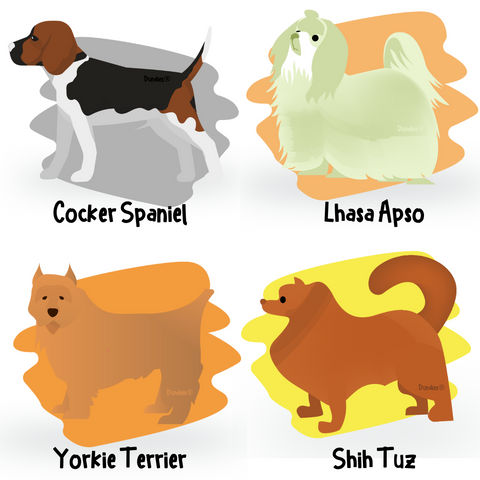
- Shih Tuz
- Yorkie Terrier
- Bichon Frise
- Cocker Spaniel
- Miniature Schnauzer
- Lhasa Aspo
How are UTIs Treated
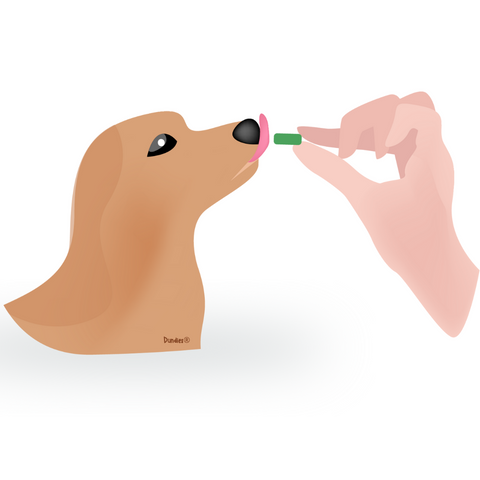
Types of Urinary Tract Infections
There are multiple types of UTIs that can affect our dogs. These include:Bladder Infections
Bladder infections are the most common type of UTI in dogs and affect the bladder.Kidney Infections
Kidney infections are less common than bladder infections but are more serious. They occur when bacteria travel up the ureters that connect the kidneys to the bladder, and then the bacteria enter the kidneys.Urethral Infections
Urethral infections occur when bacteria infect the urethra, the tube that carries the urine from the bladder outside the body through the vulva or penis.
Complications
UTIs in our dogs can lead to serious health complications if left untreated or undiagnosed. These complications can include the following:-
Kidney Damage
-
Bladder Stones
-
Urinary Incontinence
-
Septicaemia
Management and Prevention
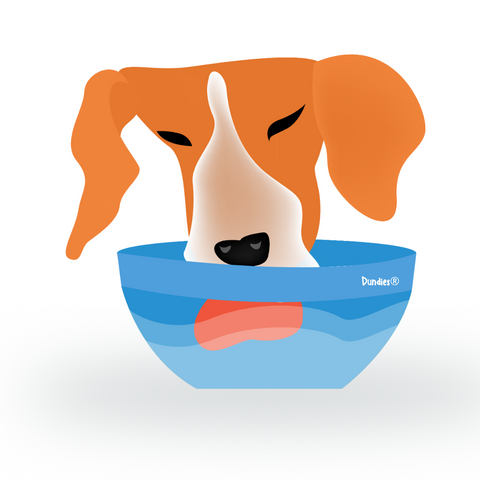
Water
Provide your dog with lots of fresh water to drink. Drinking water more regularly can help to dilute your dog’s urine and prevent the build-up of bacteria in their urinary tract.Promote good hygiene
Good hygiene is essential for preventing UTIs in dogs. For dogs with long coats, you can have the fur trimmed around the vulva and penis to keep the area clean. Avoid using harsh chemicals or soaps on their skin if cleaning the genital area.Regular Baths
Regularly wash your dog and make sure that there is no build-up of dirt on their genital area.Provide Access to the Bathroom
It is important to make sure your dog has access to a place to relive themselves, particularly toilet trained dogs who will hold their urine until let out to urinate. Allowing your dog to frequently urinate can help flush out any bacteria that might be present in their urinary tract.Healthy Diet
Healthy diets can help to support your dog’s immune system and prevent the growth of bacteria in the urinary tract. Feeding a balanced high-quality diet that is rich in nutrients will positively impact your dog’s overall health.Regular Vet Visits
Taking your dog to the vet for their regular check-up can help your vet detect any underlying health concerns that mat increase your dog’s risk of developing a UTI.As pet owners it is important, we understand what UTIs are in our pets, what to look out for and how to manage our pet’s health to prevent UTIs from occurring.
